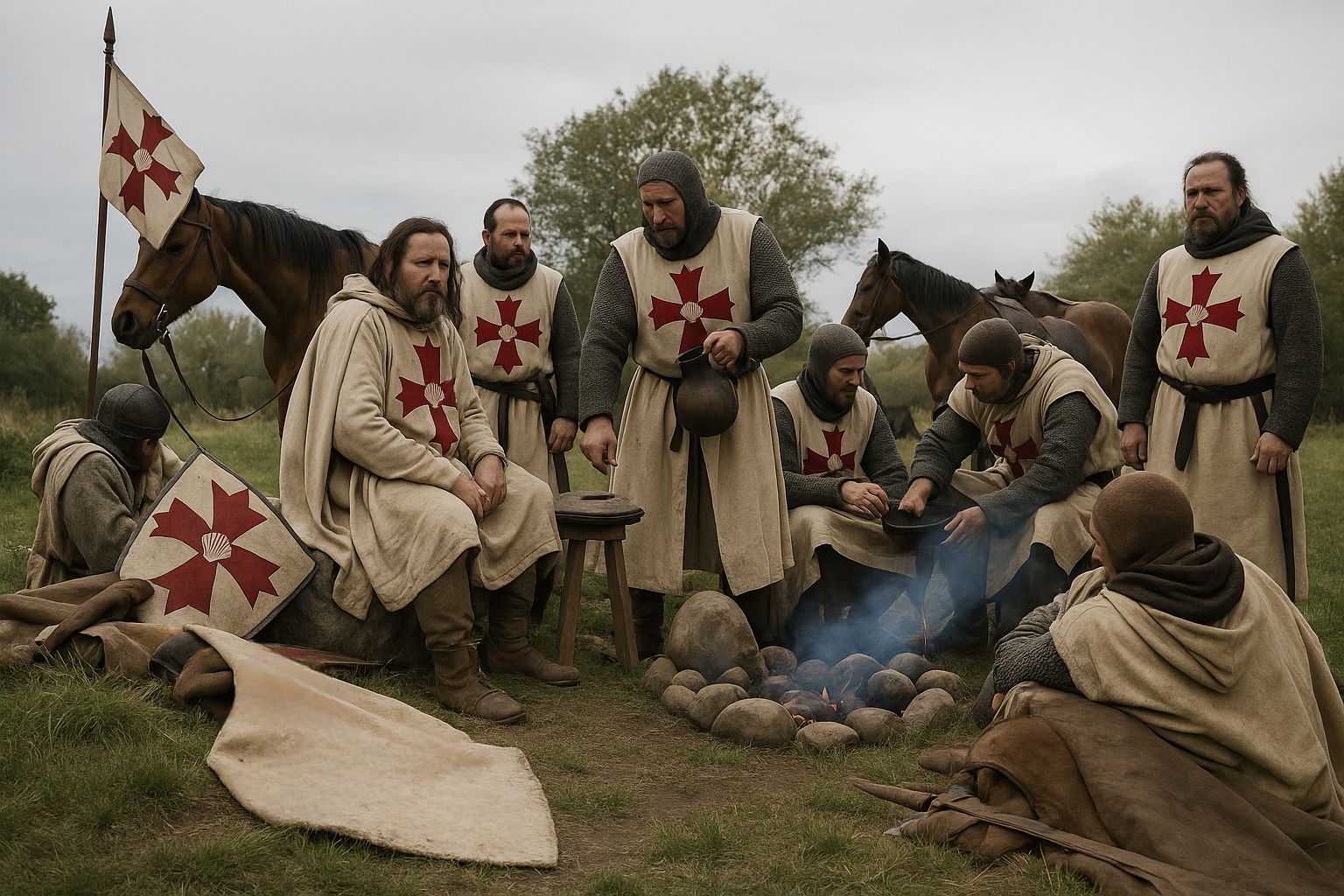Knighthood in the Middle Ages: Legacy of Medieval Chivalry
The concept of knighthood in the Middle Ages remains one of the most iconic and romanticised aspects of European history. Knights were not only warriors clad in shining armour, but also symbols of courage, loyalty, and moral virtue. The institution of medieval knighthood developed gradually during the feudal period, shaping the political, social, and cultural landscape of medieval Europe. To truly understand knighthood of the Middle Ages, one must explore its origins, its values, the process of becoming a knight, and its lasting influence on modern ideals of honour and duty.
Origins and Evolution of Knighthood
The roots of medieval knighthood can be traced back to the 8th and 9th centuries, during the Carolingian Empire. Charlemagne’s cavalry soldiers formed the early model of what would later become the knightly class. As feudalism spread across Europe, so did the concept of land in exchange for military service. Lords granted fiefs to vassals, who in return pledged loyalty and military support. Out of this system arose a distinct class of mounted warriors — the knights.
By the 12th century, knighthood had evolved into an institution not merely of war, but of social prestige. Knights became the enforcers of feudal law, protectors of the weak, and defenders of the faith. Their status was both military and moral, setting them apart from common soldiers and nobles alike.
Training and the Path to Knighthood
Becoming a knight in medieval society was a long and disciplined process. Young boys of noble birth typically began their training as pages around the age of seven. They learned manners, literacy, and the basics of swordsmanship. Around fourteen, they advanced to the rank of squire, serving a knight directly — cleaning armour, caring for horses, and learning the art of combat.
The final step was the ceremony of dubbing, during which a squire was officially knighted. This ritual, often performed before battle or in a church, symbolised both martial readiness and spiritual commitment. The knight took sacred vows to uphold the chivalric code, a set of moral guidelines that defined the essence of knighthood.
The Chivalric Code and Values
Central to medieval knighthood was the Code of Chivalry, which emphasised virtues such as bravery, loyalty, humility, and piety. Knights were expected to protect the weak, respect women, and serve their lords and the Church faithfully. Literature from the time — such as The Song of Roland and Le Morte d’Arthur — idealised these principles, shaping the popular image of the noble and honourable knight.However, reality often differed from idealism. Many knights were ruthless in warfare, motivated by wealth or power. Yet the idea of chivalry persisted as a moral compass that inspired both contemporaries and future generations.
Knighthood and Religion
Religion played a significant role in the development of Christian knighthood. The Church sought to Christianise warfare through movements like the Peace of God and the Crusades, portraying knights as soldiers of Christ. Orders such as the Knights Templar and Knights Hospitaller combined martial skill with religious devotion, reinforcing the notion that knighthood was a sacred duty.
The Decline and Legacy of Knighthood
By the late Middle Ages, advances in military technology, particularly the use of longbows and gunpowder, diminished the effectiveness of heavily armoured knights. The rise of professional armies further reduced their role on the battlefield. Despite this decline, the spirit of medieval knighthood endured. The ideals of chivalry influenced Renaissance courtiers, Victorian gentlemen, and even modern concepts of honour and heroism.
Today, medieval knighthood continues to fascinate historians, writers, and enthusiasts alike. From medieval tournaments to modern ceremonial orders such as the Order of the British Empire, the legacy of the knight lives on as a symbol of integrity, bravery, and noble service.
In essence, Christian knighthood was far more than a military institution. It embodied a complex blend of feudal loyalty, religious devotion, and moral virtue that defined the spirit of medieval Europe. The knights of old left behind more than castles and armour — they bequeathed a timeless ideal of courage, chivalry, and honour that continues to inspire the modern world.
